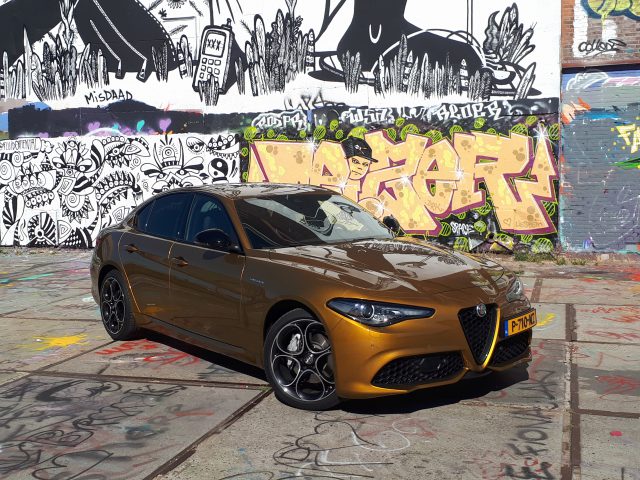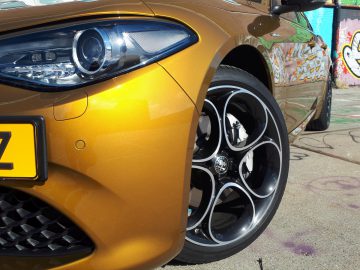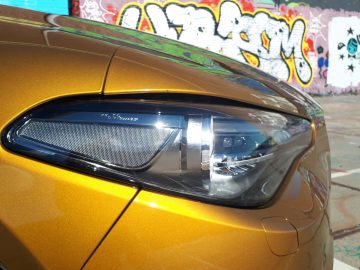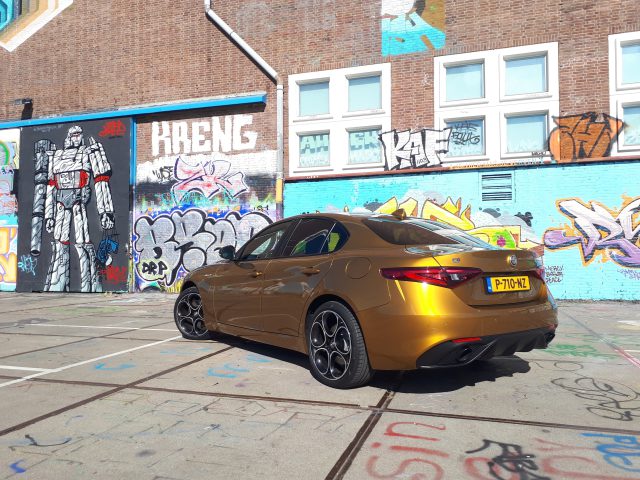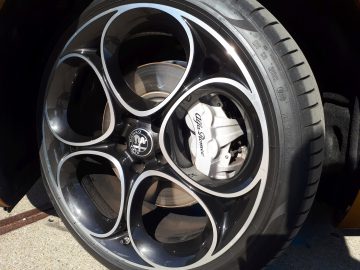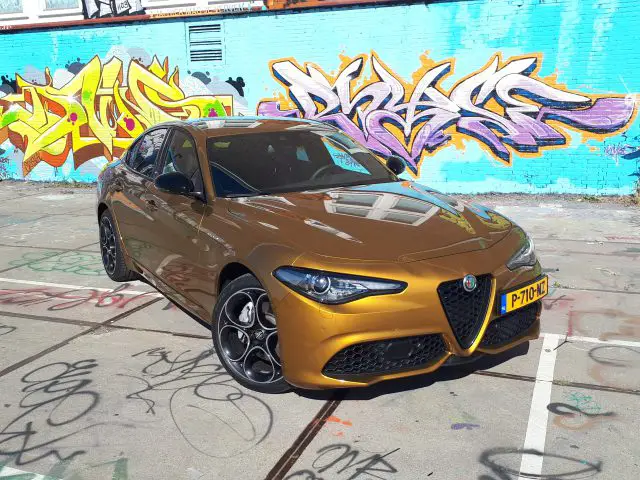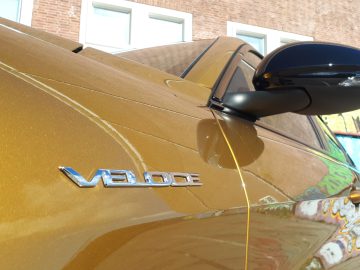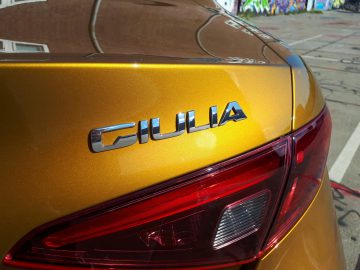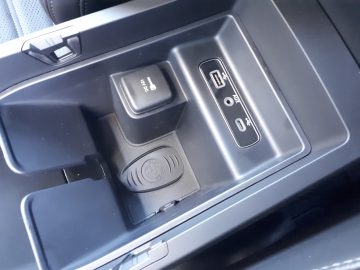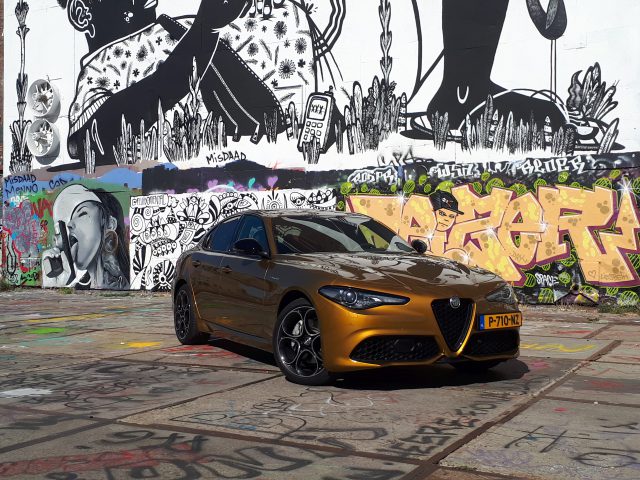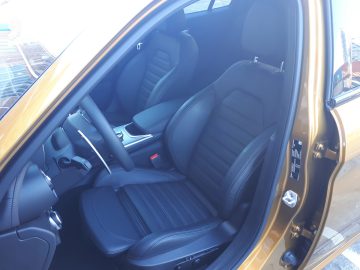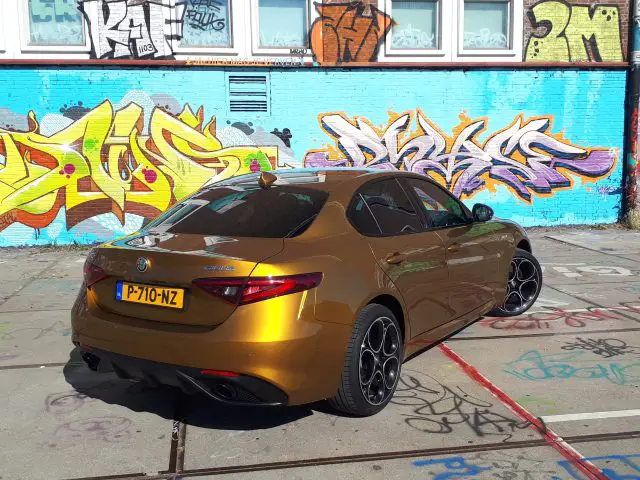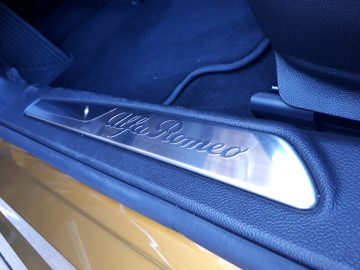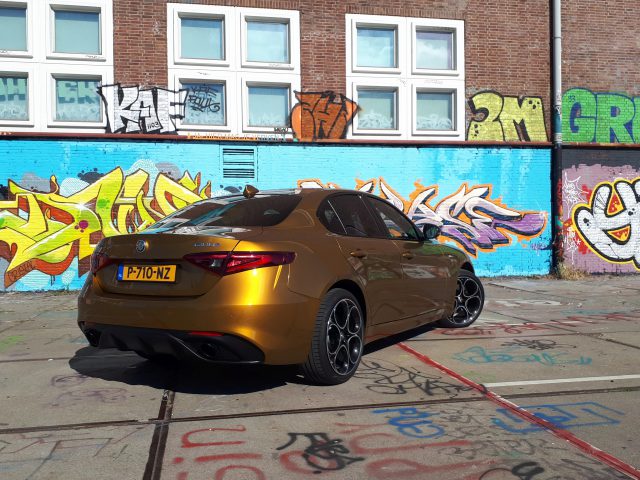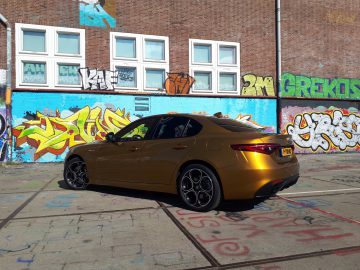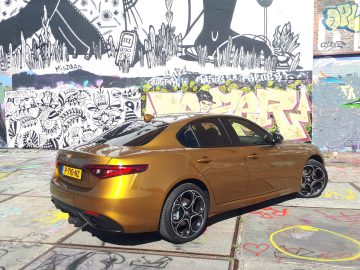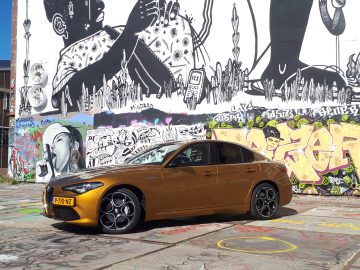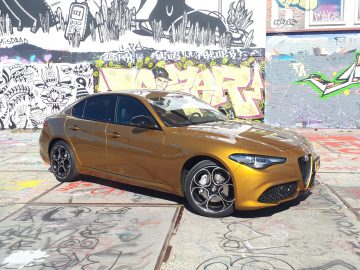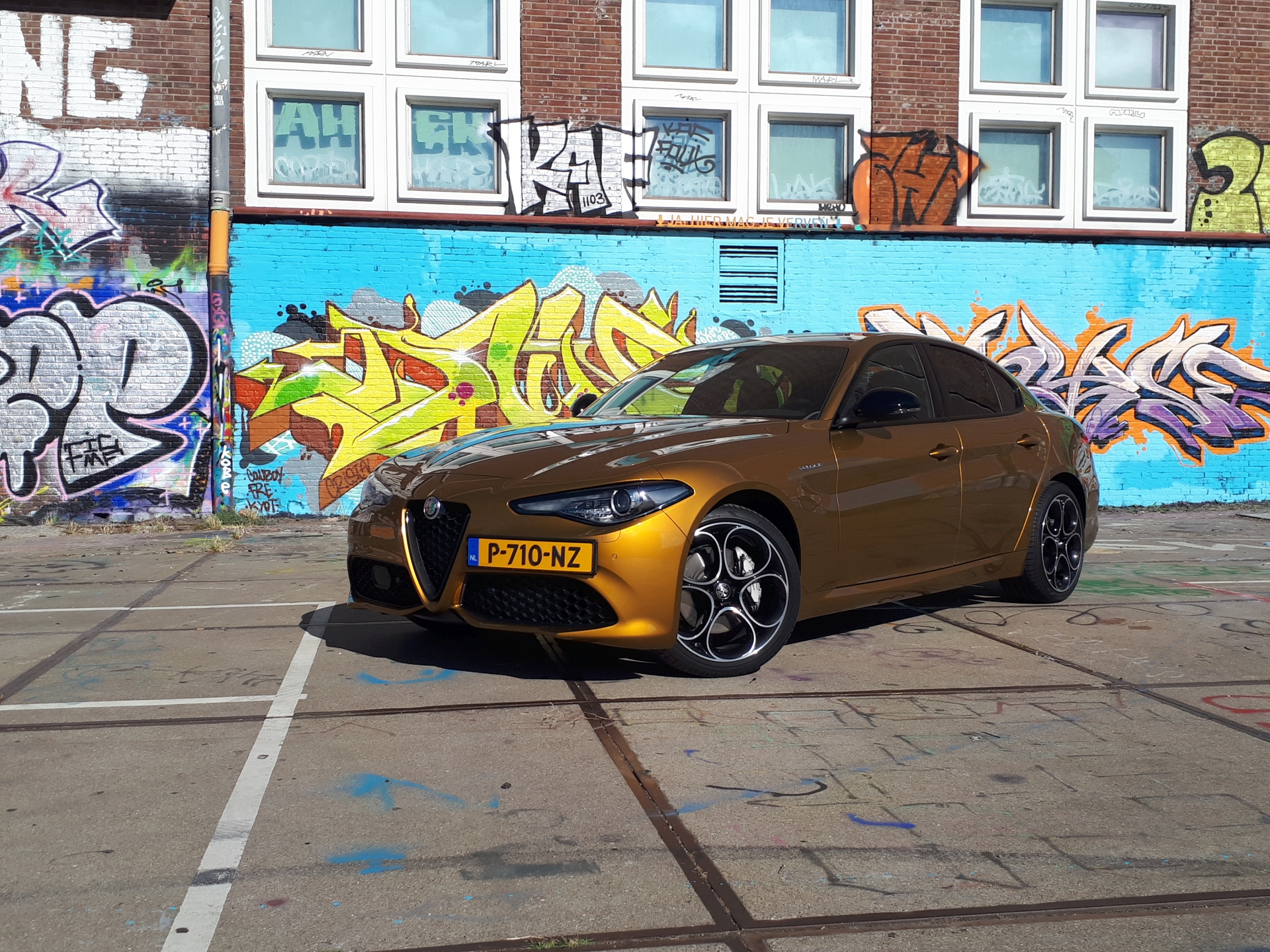Review – Alfa Romeo Giulia Veloce (2022)
Several brands are known as manufacturers of real “driver’s cars,” where the pleasure of driving is still truly paramount. Alfa Romeo is another such brand. Yet consumers seem to have forgotten that a bit. Take the Giulia. While the beautiful sedan is thankfully not a rare sight in traffic, it is also not the sales success it should have been. So does the Giulia drop a stitch somewhere or is it just unfairly forgotten? We quickly set out to investigate.
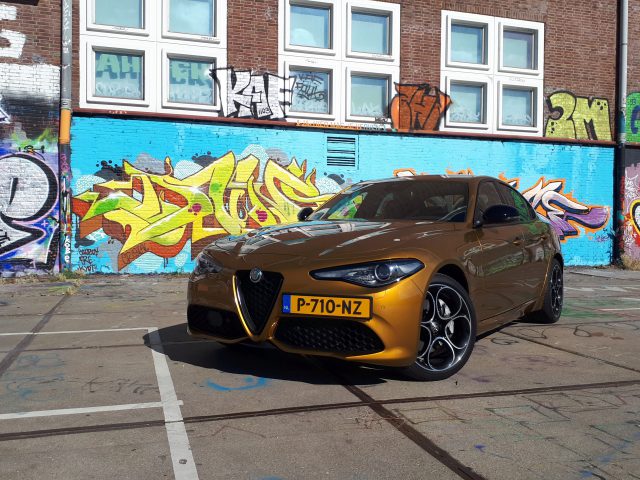

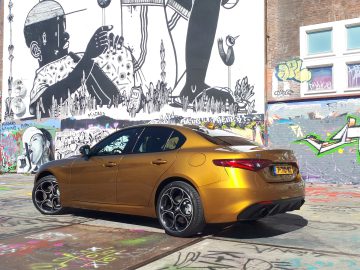
The Alfa Romeo Giulia Veloce
We go out on a limb with the Alfa Romeo Giulia Veloce. In it, the 2.0-liter four-cylinder gasoline engine delivers 206 kW (280 hp). In this way, the Veloce, briefly, bridges the gap between the regular Giulia models (140-148 kW (190-200 hp)) and the no less than 375 kW (510 hp) strong Quadrifoglio, the sporty top model. The Veloce is also a sporty middle ground in terms of suspension tuning and visual accoutrements. Furthermore, the Alfa Romeo Giulia Veloce features an eight-speed automatic transmission and all-wheel drive with limited slip differential as standard.
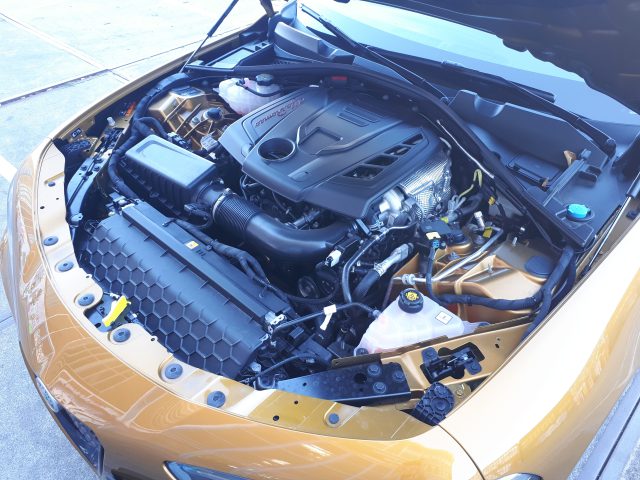
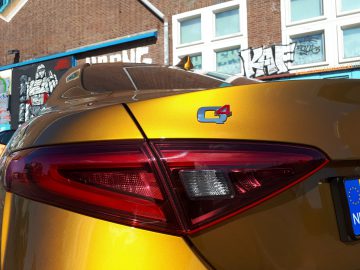
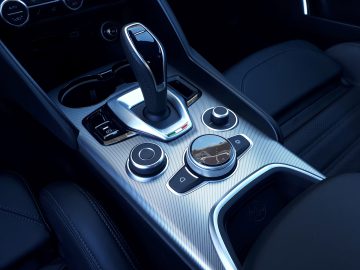



Sleek but comfortable
The Alfa Romeo Giulia Veloce is certainly sporty, but comfort is not lost sight of either. For example, the car is firmly sprung, but not uncomfortable. Unevenness in the road surface is well dealt with, with only (large) short bumps remaining noticeable at times. Yet even at higher cornering speeds, the car is beautifully tight on the road. The Q4 all-wheel drive system also helps here, guiding the car through the bend almost as if on rails. Even a hefty transverse ridge in a fast turn does little to no good to unbalance the car.
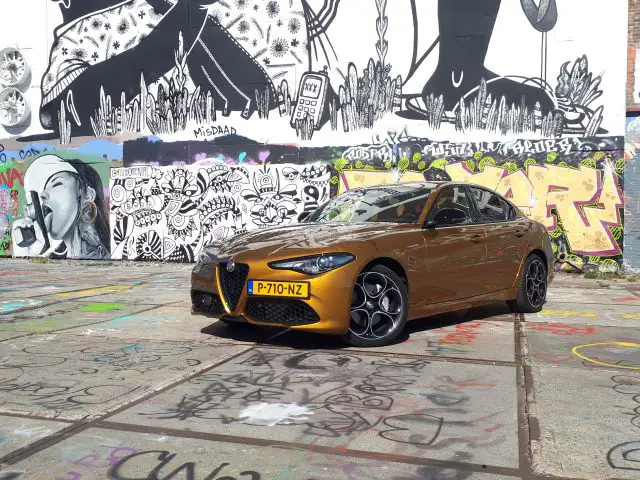
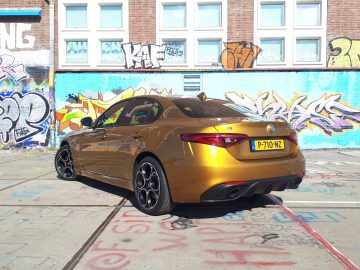
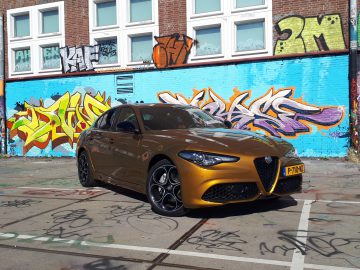
The Alfa Romeo DNA driving modes
The familiar Alfa Romeo DNA switch is also present. DNA is Alfa’s drive mode system, where the letters today stand for Dynamic, Normal and Advanced Efficiency. ‘In the old days’ the A still stood for All Weather. Whatever the letters mean exactly, the result remains the same. In position A, the engine power is somewhat limited. This is a bit safer in bad weather, but also more economical. Yet even in this “eco mode” you still have enough power, the response to the gas pedal is just a bit on the slow side.
‘Normal’, as the name suggests, is the ‘default setting’, for in ordinary traffic conditions. In “sport mode” Dynamic, everything is turned up to speed for optimum performance. The steering, automatic gearshifts, throttle response and all-wheel drive are all adjusted for a sporty ride. In ordinary traffic, the difference between the driving modes is noticeable, but not huge. Still, Dynamic is our preference even in ordinary traffic. That’s when the engine is just that little bit more in tune than in the other driving modes.
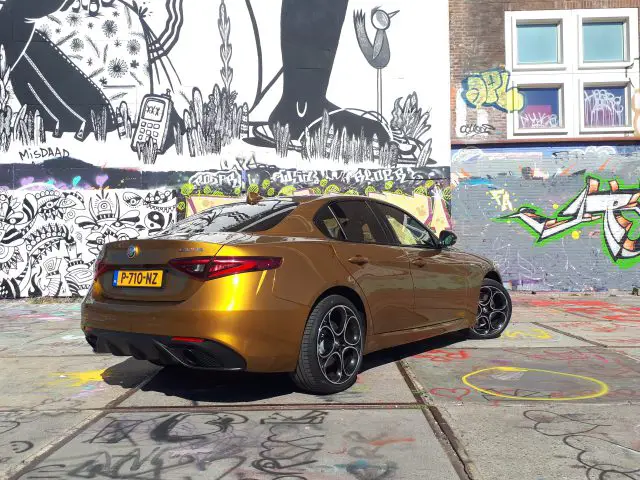
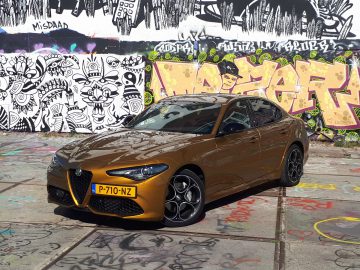
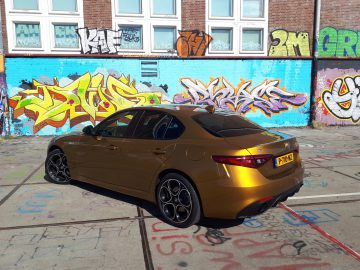
Dynamic: the Alfa Romeo Giulia Veloce comes to life
The difference between the driving modes only becomes really noticeable when you start accelerating. In Normal it is already fun to steer, but in Dynamic the Alfa Romeo Giulia Veloce really comes alive. In doing so, the automatic adjusts to your driving behavior. If you drive slowly in normal traffic, the automatic simply shifts up in time even in Dynamic mode. If you press the gas pedal a little deeper/quicker, the automatic keeps the revs nice and high to wake up all the horses under the hood.
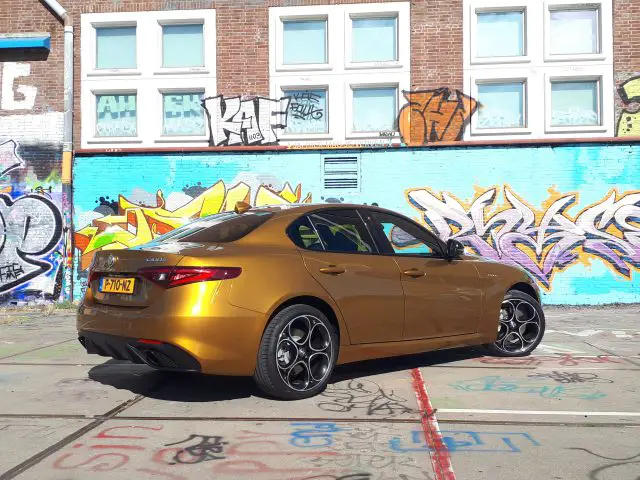
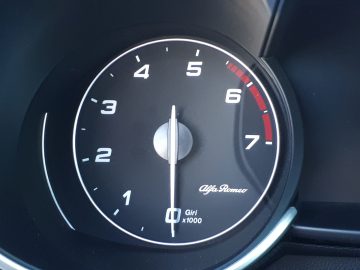

Switching gears yourself?
The automatic does its job well, but if you still don’t agree with the shift choices, you can change gears yourself with the shifter in M or with the flippers behind the wheel. Self-shifting is also preferred for optimal performance. This is because the automaton cannot predict your intentions. It does not downshift before a turn and the engine is also more responsive to an intermediate sprint if you downshift before you accelerate. That shifting with the flippers is fine, the automatic responds to your commands nicely and quickly.
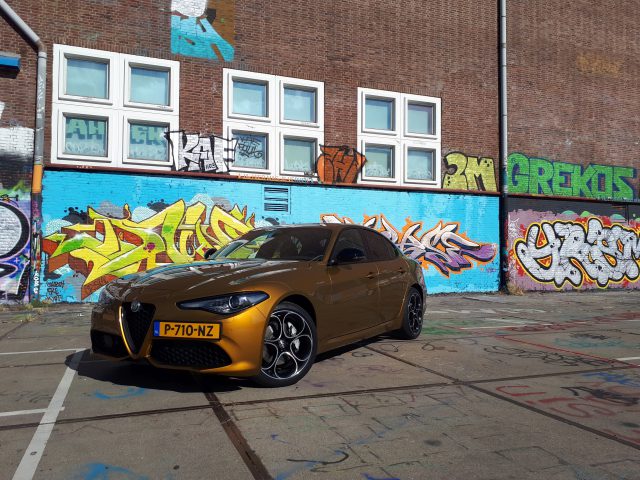
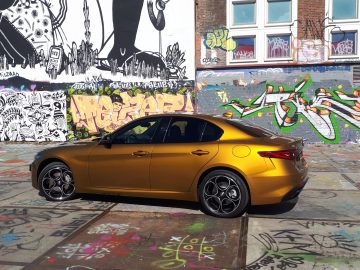

Sound Experience Alfa Romeo Giulia Veloce
As far as we are concerned, the sound experience is a small point of improvement, especially in the sense that the sound is quite modest. Engine and exhaust produce a nice sound, which is almost diesel-like at low revs, but if you really want to hear it properly you have to keep the revs high. It sounds really good, but in terms of volume it remains relatively modest even then. For real aural spectacle, you’ll have to save up for the Quadrifoglio anyway.
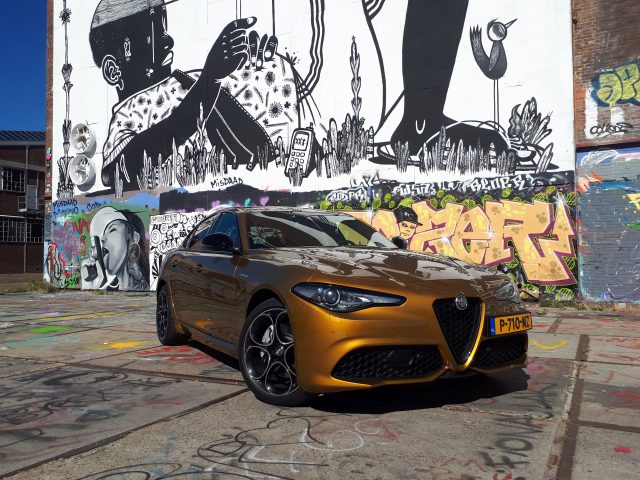

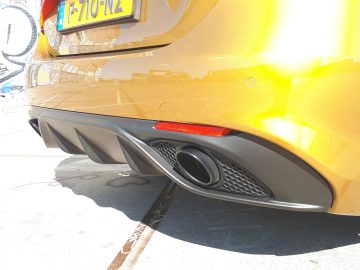
Fuel consumption Alfa Romeo Giulia Veloce
Of course, consumption is not the most important purchase argument for a car like this, but let’s mention it anyway. The Alfa Romeo Giulia Veloce has an official average WLTP fuel consumption of 7.7-8.1 l/100 km (over 1 in 12). After our week of testing, the trip computer reports a practical consumption average of 8.6 l/100 km (1 in 11.6). So that’s not quite the factory estimate, but it’s close and certainly when set against the performance delivered, that consumption is just pretty decent. Those who drive leisurely along with traffic should be able to meet the WLTP specification.
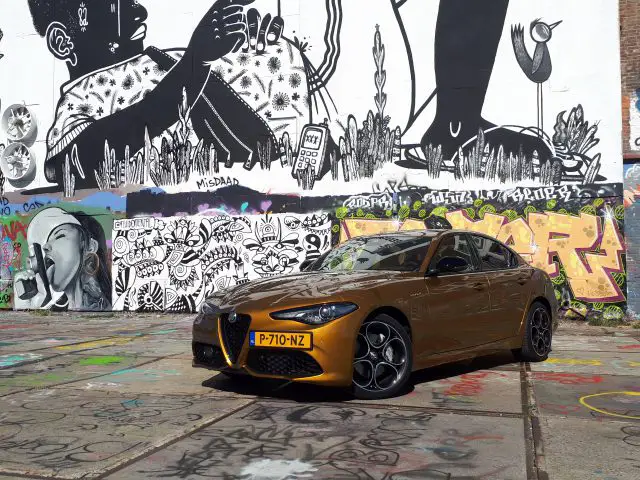

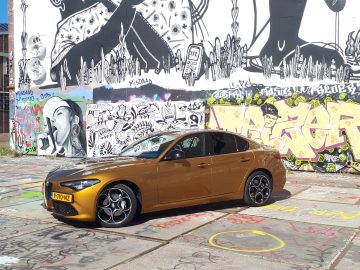
Prices and equipment Alfa Romeo Giulia Veloce
The Alfa Romeo Giulia is available from 50,400 euros, for the Veloce you have to pay a minimum of 67,400 euros. That’s considerably more, but in addition to the extra horsepower, you also get a particularly rich standard equipment in return. We’re not even going to list the equipment list, you just get almost everything Alfa Romeo can provide for the Giulia.
The standard equipment of the Alfa Romeo Giulia Veloce can only be expanded with additional driving assistants, a Harman Kardon audio system, different upholstery and interior trim, a panoramic sunroof, red brake calipers and/or a different body color (standard is the Veloce Alfa-red).
For the sake of completeness: for the (sporty) top model Quadrifoglio you have to save up to a whopping 124,900 euros… The current prices and equipment of the Alfa Romeo Giulia can be found at www.alfaromeo.nl.
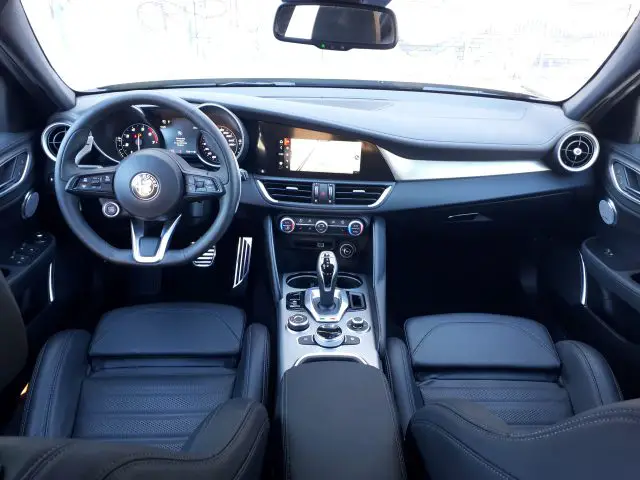
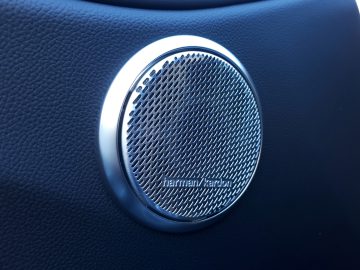
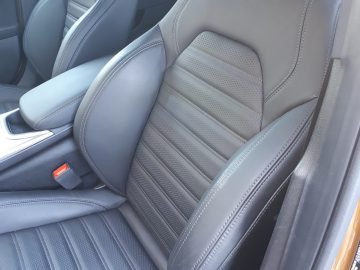
Nice paint: Ocra Lipari
The test car was painted in the striking color Ocra Lipari. A three-layer paint color that you could write an extensive paragraph about and we will. How the color looks depends greatly on the light. In neutral lighting, it is a kind of ochre-like gold tone, which almost turns brown in the dark. On the contrary, when the sun shines on it, it becomes a bright and deep golden tone. You can already see it a bit by the color differences between the photos accompanying this article. The color stands out no matter what. Despite the fact that the Giulia is not an exclusive car in itself, our test car regularly caused curious glances from bystanders.

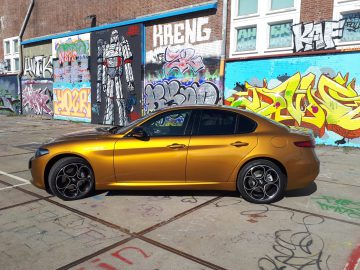
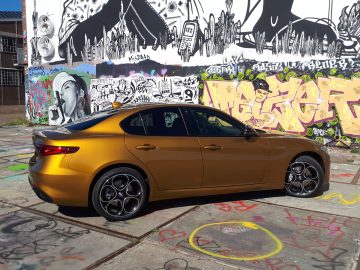
Rear (luggage) space
Despite its sporty performance, the Alfa Romeo Giulia Veloce remains perfectly usable as a daily car. In the back, you have plenty of legroom, even when we sit “behind ourselves” with our 6-foot-2. However, the headroom is not much; you shouldn’t be taller than 1.75 m, for example. There is also plenty of room in the width, as long as you don’t use the middle seat. That one is really just for kids. The luggage compartment fits a tidy 480 liters.
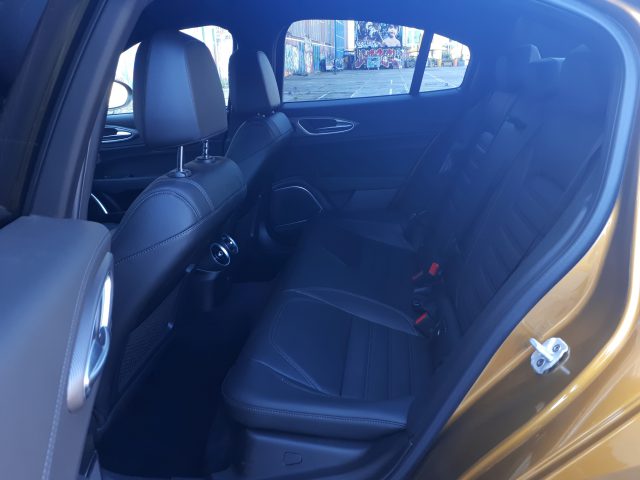
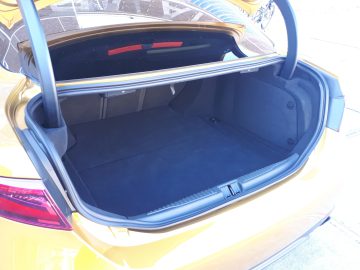

Infotainment Alfa Romeo Giulia Veloce
The infotainment of the Alfa Romeo Giulia Veloce matches that of the other Giulia models. It can be controlled in two ways: the central screen is a touchscreen, but there is also a BMW iDrive-like control button on the center console. We prefer that one, although touchscreen operation is faster for entering a navigation destination. The menus are complete and logically structured, and operating the system – whichever way you do it – is effortless. However, the system often needs quite a bit of reflection time, even when the car and the system have long since started up.
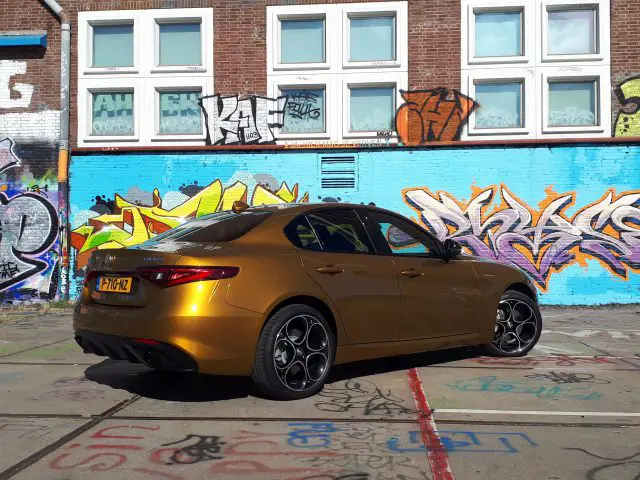


Conclusion
With the Alfa Romeo Giulia Veloce, the Italian brand proves itself once again as a builder of fine driver cars. In developing the Giulia, the BMW 3 Series was taken as the benchmark and the result is truly successful. In fact, the Alfa has our preference in this comparison. The BMW may be more refined, but the Alfa has a bit more “character” than the “polished” BMW precisely because of that. We also think the Alfa is a lot prettier, but that’s subjective.
The Alfa Romeo Giulia Veloce’s main areas of improvement are its sluggish infotainment and relatively cramped rear headroom. If you can live with that, we really see no reason not to choose the Alfa. Within the Giulia range, the Veloce offers an ideal combination between sporty performance and everyday usability, but you don’t really make a “wrong choice” with any of the Giulia models.
